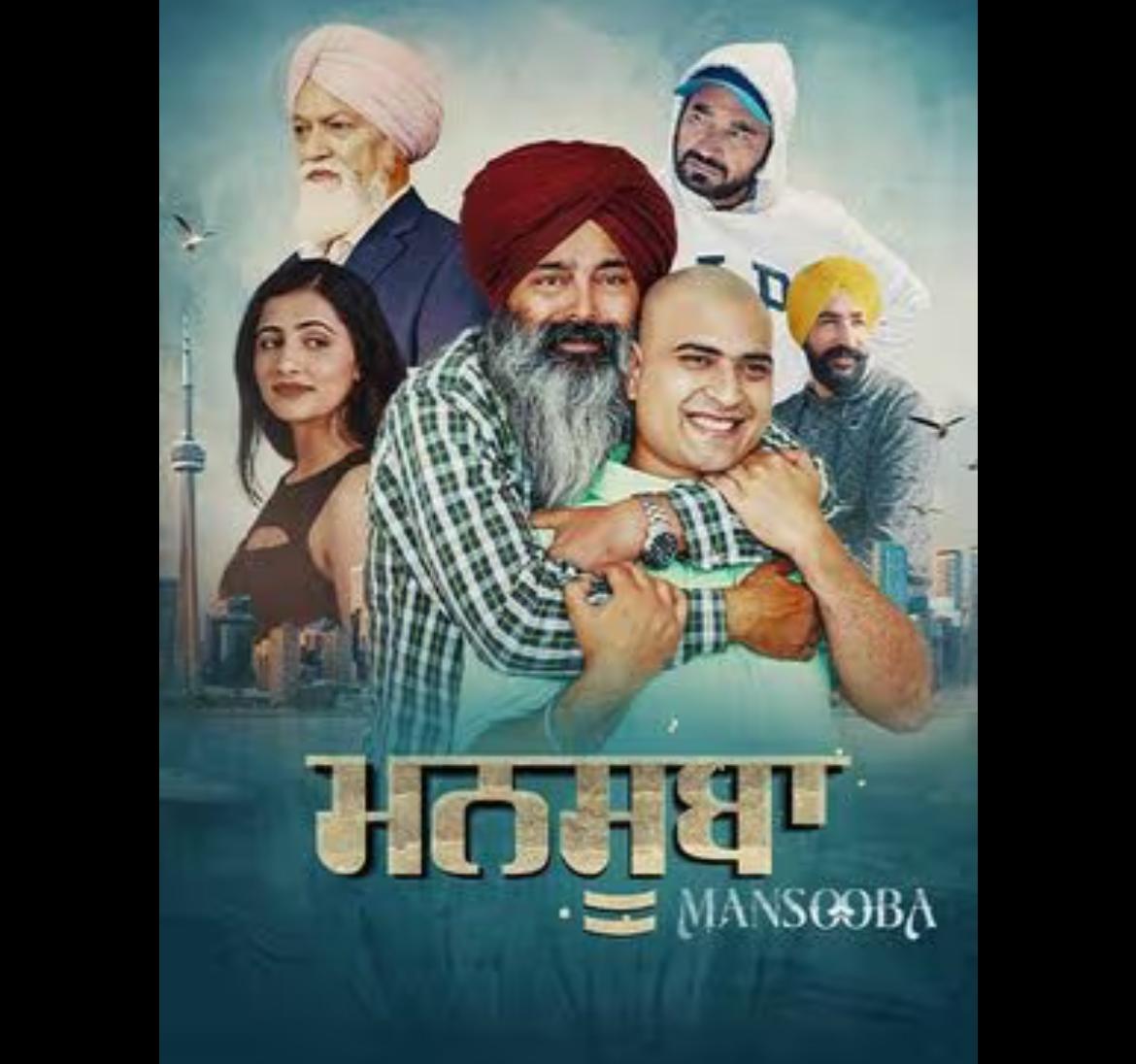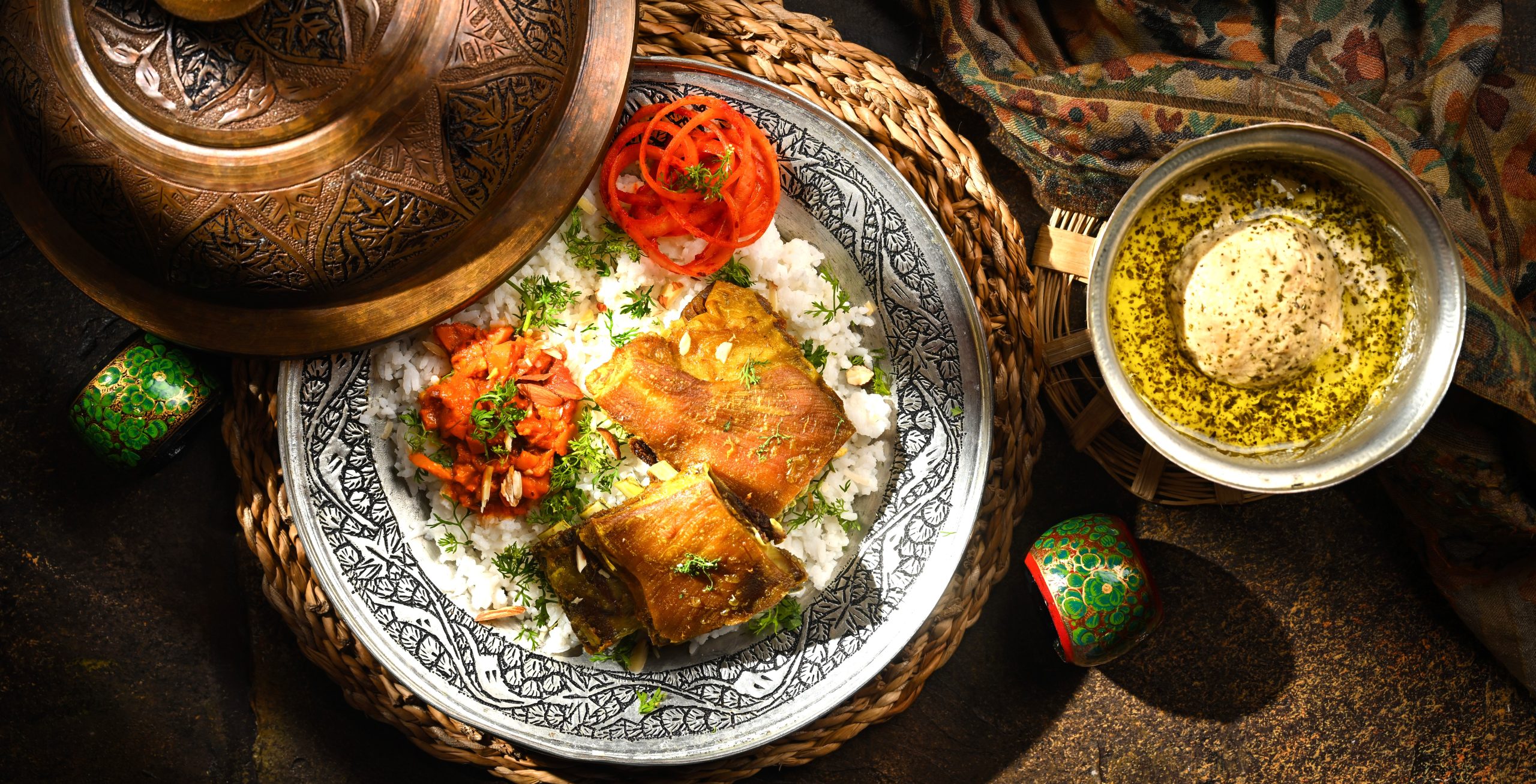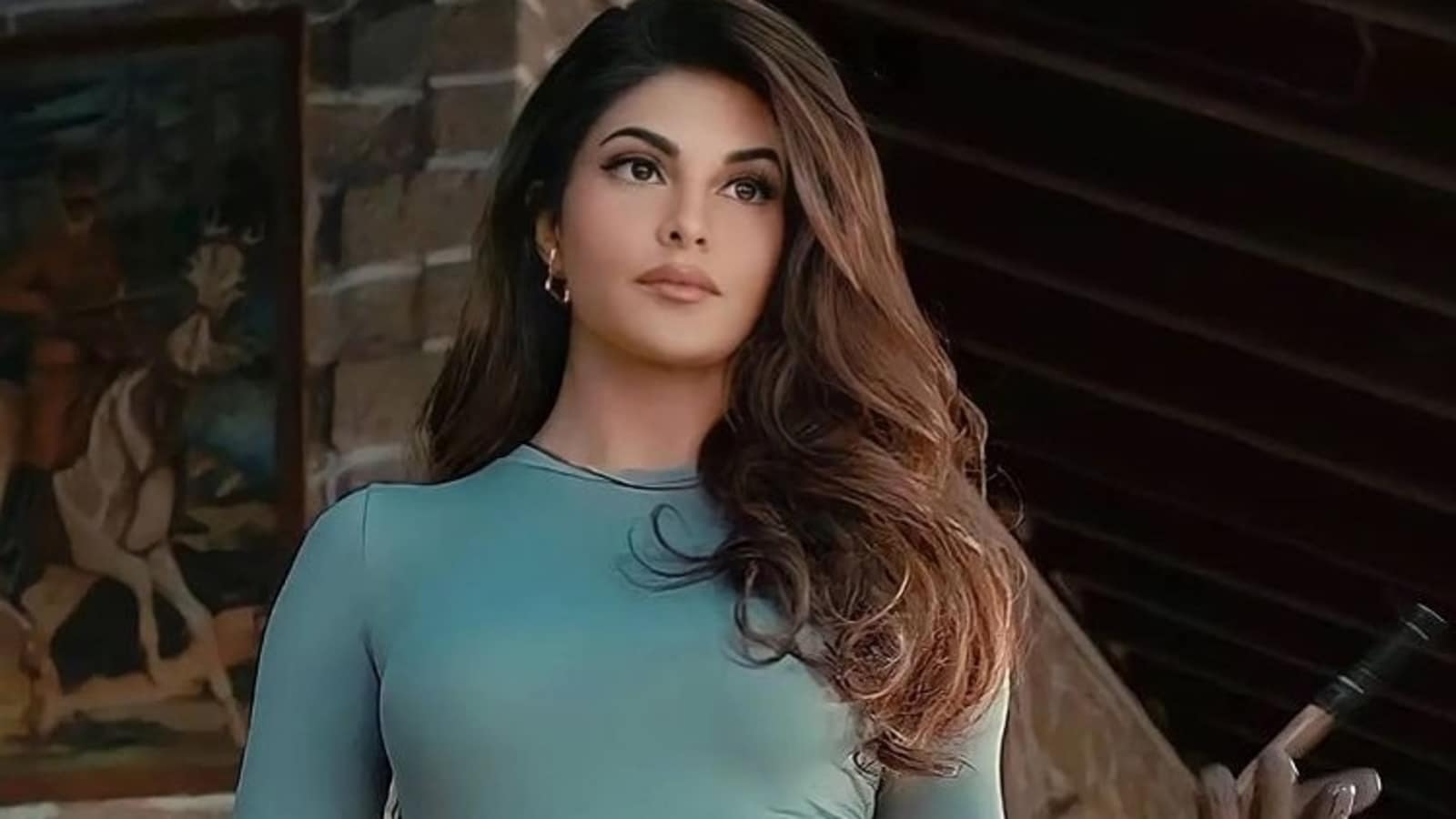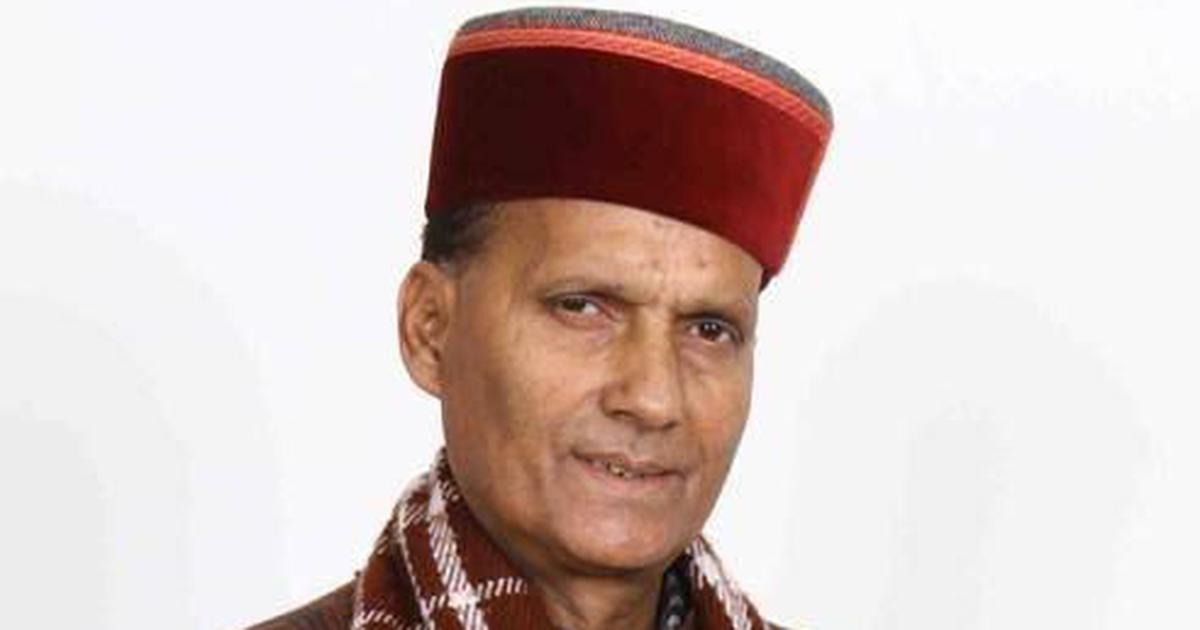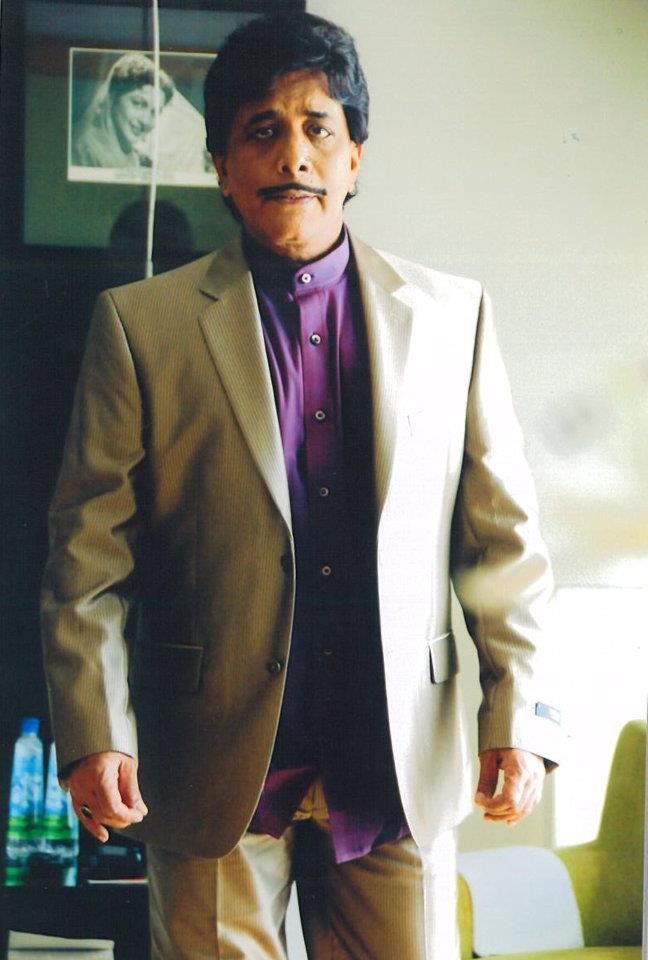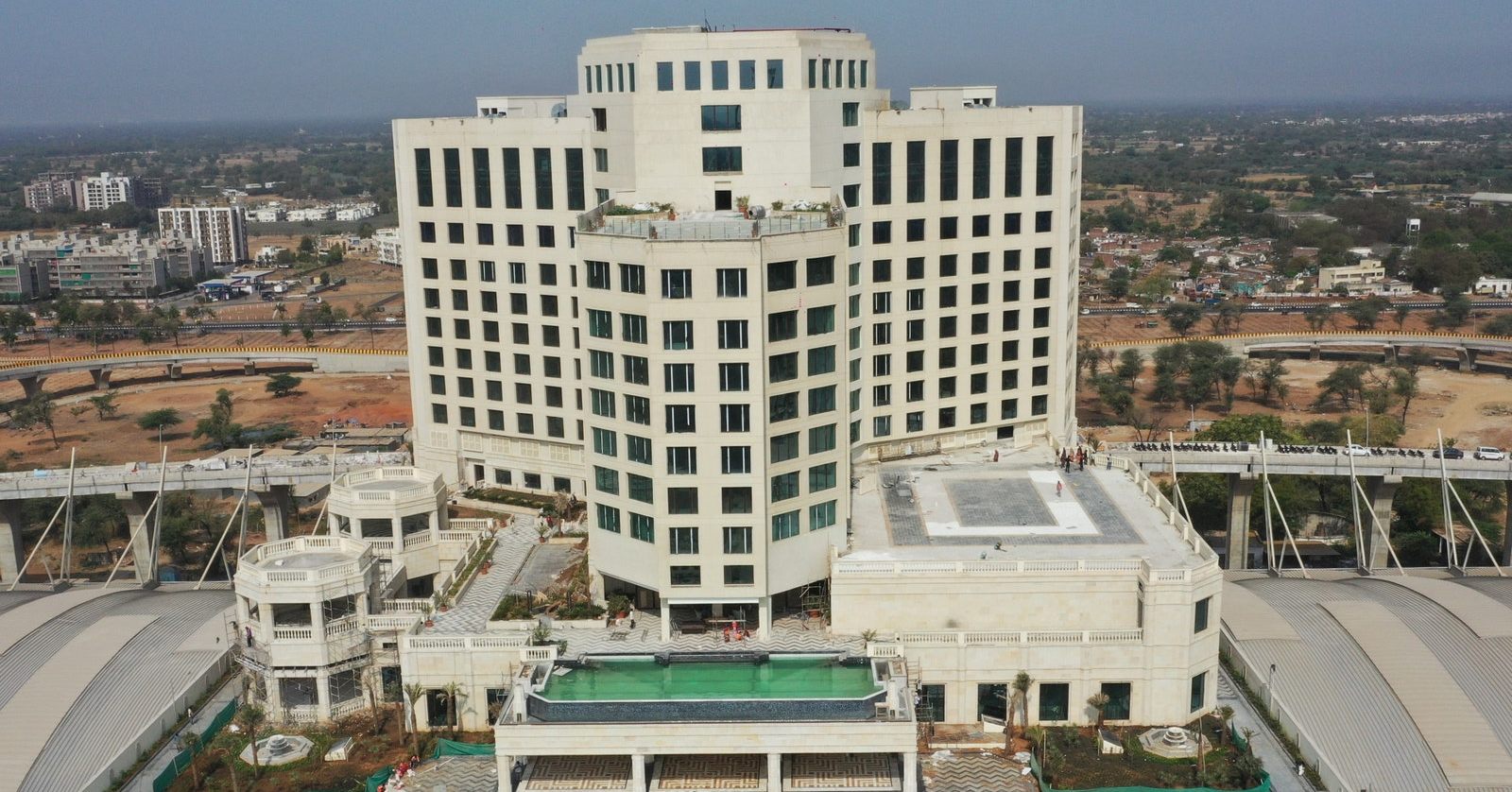In the kaleidoscope of Indian Punjabi cinema, few names shine as brightly as Parmjeet Singh Sohi, affectionately known as Sardar Sohi, and the multifaceted Rana Ranbir. Their collaborative efforts and individual achievements have not only enriched the cinematic landscape but have also left an indelible mark on the hearts of audiences.
Sardar Sohi: A Trailblazer’s Journey
Hailing from Palasaur near Dhuri, Sardar Sohi embarked on his Punjabi film journey with the iconic “Long Da Lishkara” in 1986. Since then, he has become synonymous with powerful portrayals, earning acclaim for his roles in cinematic gems like “Baghi,” “The Legend of Bhagat Singh,” and “Ardaas.” His performances transcend the screen, weaving a narrative tapestry that reflects the cultural essence of Punjab.
Rana Ranbir: Directorial Maestro and Versatile Artist
On the other side of the cinematic spectrum stands Rana Ranbir, a creative force with a rich tapestry of talents. From his early comedic ventures on television to his more serious productions, Ranbir’s journey is a testament to his versatility. A classmate of the renowned Punjabi comedian Binnu Dhillon, Rana Ranbir’s artistic evolution reflects a commitment to storytelling in its myriad forms.
Collaborative Brilliance in ‘Mansooba’
The synergy between Sardar Sohi and Rana Ranbir is palpable in their collaborative projects, and “Mansooba” is no exception. Sohi’s nuanced portrayals find resonance with Ranbir’s directorial finesse, creating a cinematic symphony that promises to captivate audiences. Their collaboration extends beyond the screen, rooted in a shared dedication to the craft.
Individual Pinnacles, Shared Visions
While Sardar Sohi’s journey is studded with remarkable performances, Ranbir’s directorial venture in “Mansooba” showcases his ability to helm a project with depth and emotion. Their individual pinnacles converge in this cinematic endeavor, promising a narrative that goes beyond mere storytelling.
Unraveling the Tapestry of ‘Mansooba’
As “Mansooba” unfolds on the silver screen, it brings forth a tale that goes beyond the conventional. The central theme of the father-son relationship, combined with social messages, sentiments, romance, and situational humor, forms a mosaic that reflects the complexities of human emotions. The unexpected turns, where a father desires his son to end his life, add layers to the narrative, leaving audiences intrigued and emotionally invested.
In this cinematic journey, Sardar Sohi and Rana Ranbir invite audiences to witness not just a film but an experience—a blend of individual brilliance and collaborative magic. “Mansooba” stands as a testament to their artistic prowess, a celebration of Punjabi cinema’s rich heritage, and a reminder of the enduring power of storytelling.

Surjitt Sahani

